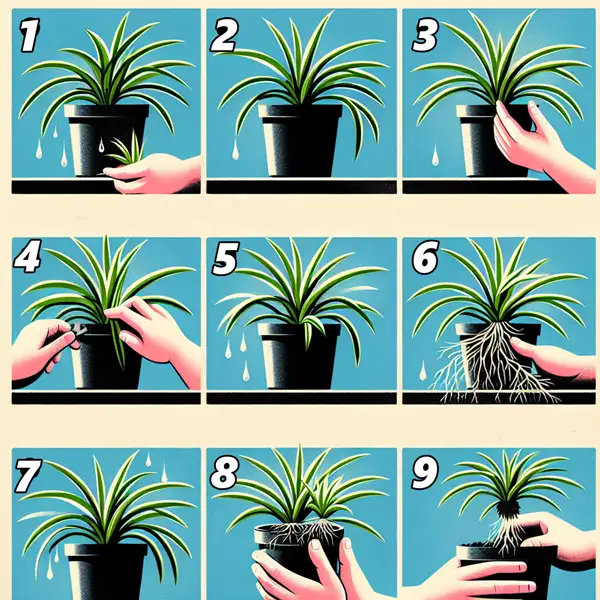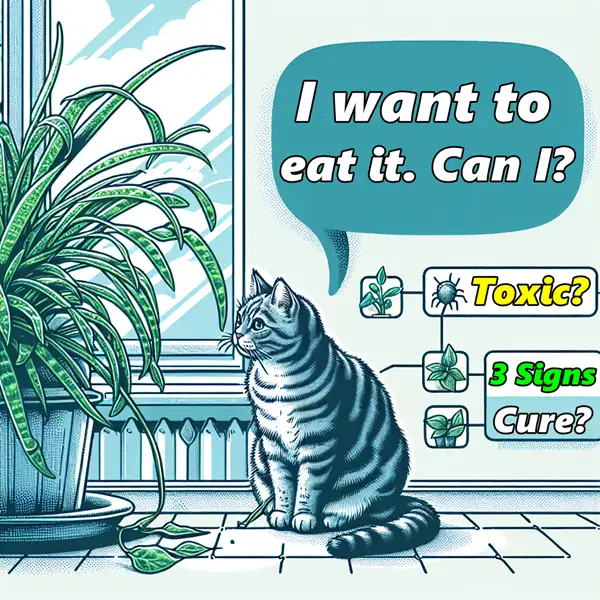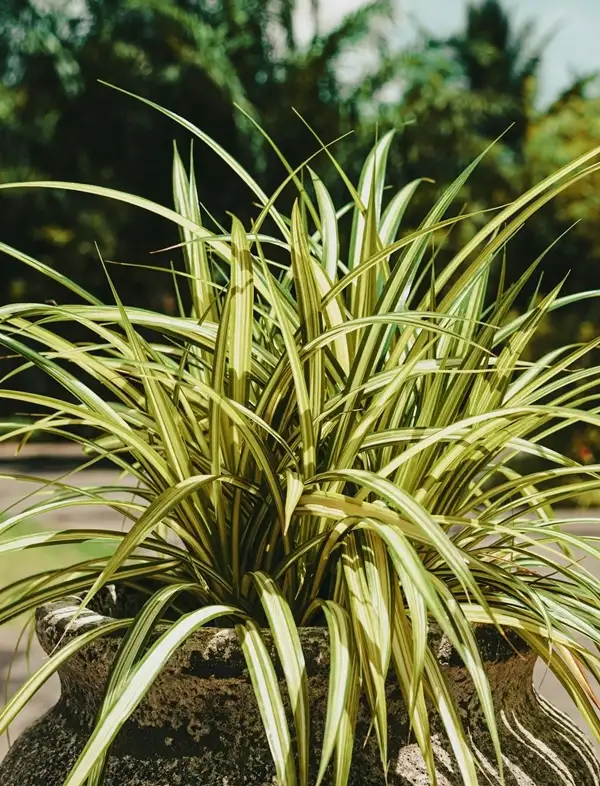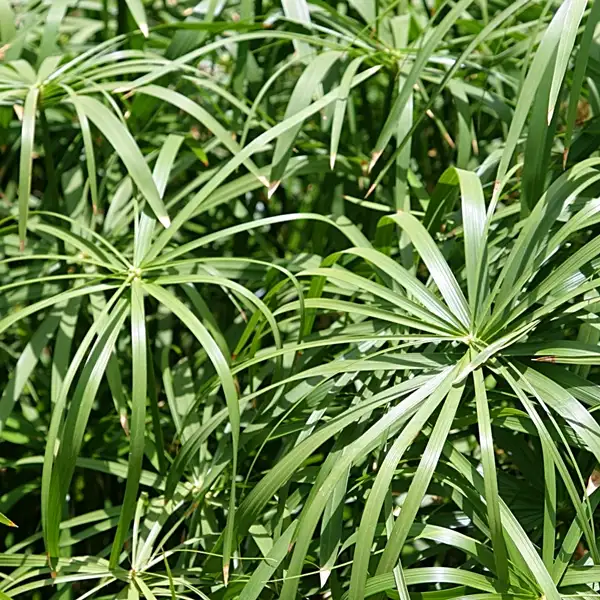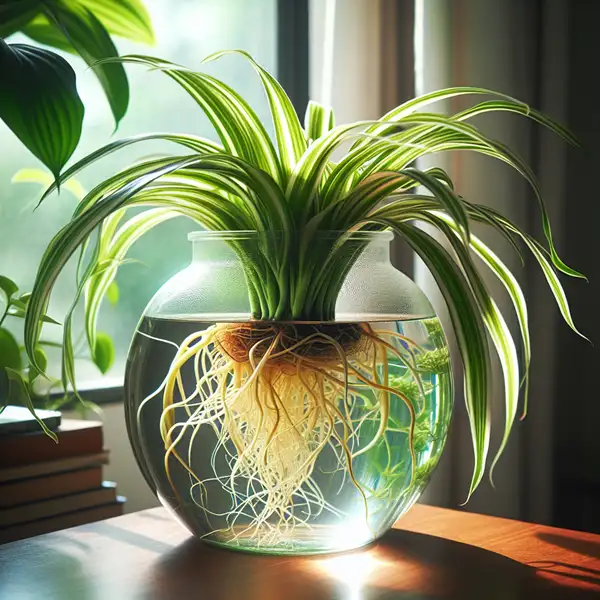Key Takeaways
| Key Takeaways |
|---|
| ✅ Discover the surprising truth & exact answer to “Are spider plants poisonous to dogs?” |
| ✅ Uncover potential risks & unexpected toxic effects your dog may face. |
| ✅ Learn essential warning/danger signs every pet owner should watch for. |
| ✅ Find out expert-recommended actions to take if your dog nibbles a spider plant. |
| ✅ Get practical & easy-to-follow tips to keep your dog safe around houseplants. |
| ✅ Explore the surprising myth about spider plants that might change how you see them. |
Spider Plant and Dog – An Overview
I arrived home later than usual one evening. Filled with guilt for neglecting my dog, Max, I immediately began searching for him. I found him by the window, joyfully munching on the leaves of the spider plant placed there. My heart dropped, and panic washed over me as I asked myself, Are spider plants poisonous to dogs? This incident led me to extensively research it.
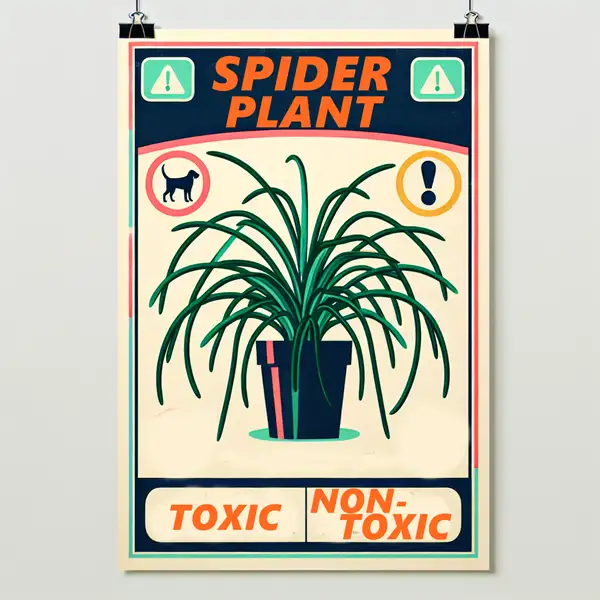
Impact of Spider Plants on Dogs
To answer the question directly – spider plants are not toxic to dogs when ingested in small quantities. According to ASPCA (American Society for Prevention of Cruelty Against Animals), this plant is non-toxic for cats and dogs alike.
However, being non-toxic doesn’t mean it cannot induce adverse symptoms or discomfort in your canine companion if consumed excessively.
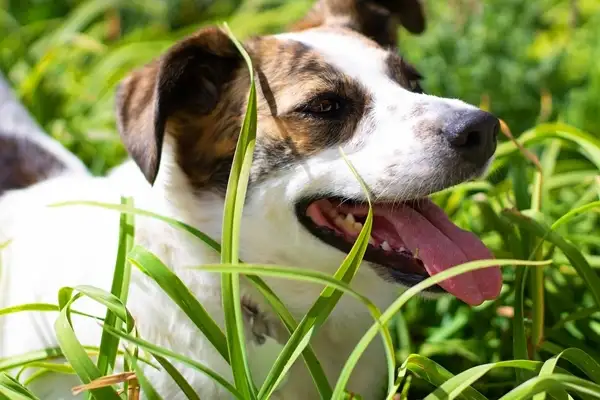
-
- As with all ornamental houseplants within paw’s reach — curiosity by playful pups or older dogs could lead them into nibbling onto some spider plant leaves which could potentially result in mild gastrointestinal upset due to its fiber content.
- In rare cases where a considerable amount has been eaten by your pet dog could lead to more significant discomfort resulting from skin irritation, vomiting or diarrhea.
- These symptoms are typically mild & transient & resolve on their own within a day or two.
Are Spider Plants Toxic to Dogs – The Myth

Although we have affirmed that spider plants are not toxic as compared to other common poisonous houseplants like lilies or Sago palms, there’s an unusual twist about these leafy greens.
Hallucinogenic Effects
- Some top gardeners suggest that spider plants could cause mild hallucinogenic effects on pets as they contain substances that are chemically similar to opium.
- However, there is no conclusive evidence or research to support this claim.
- The concentration of these compounds is extremely small & it is not enough to cause fatal outcomes unless a very large amount is ingested, which is highly unlikely.
- The euphoria-causing compound may not be mainly toxic but could still cause disorientation among pets & lead to accidental injuries.
5 Signs of Poisoning in Dogs from Spider Plants

Being proactive is pivotal in averting possible ill-effects consequent to Spider Plant ingestion for safeguarding our beloved pet’s health.
| Symptom | Description | Recommended Action |
|---|---|---|
| Vomiting 🤮 |
|
|
| Diarrhea 💩 |
|
|
| Drooling 💧 |
|
|
| Lethargy 😴 | Unusual tiredness or lack of energy |
|
| Loss of Appetite 🍽️🚫 | Reduced interest in food |
|
5 Immediate Steps to Treat Poisoning in Dogs

If your dog shows signs of distress after eating a spider plant, follow these steps-
| Step | Action | Details |
|---|---|---|
| 1️⃣ | Remove Plant Material 🌿 | Gently clear any remaining plant pieces from your dog’s mouth to prevent further ingestion |
| 2️⃣ | Assess Your Dog’s Condition 🩺 | Observe for any immediate signs of distress or unusual behavior |
| 3️⃣ | Contact Your Veterinarian 📞🐾 | Inform them of the incident and describe any symptoms. Follow their guidance on the next steps |
| 4️⃣ | Provide Fresh Water 💧 | Make sure your dog has access to clean water to stay hydrated |
| 5️⃣ | Monitor Symptoms 👀 | Keep a close eye on your dog’s condition. If symptoms worsen or new ones appear, seek immediate veterinary care |
3 Prevention Tips To Keep Your Dog Safe From Harmful Houseplants
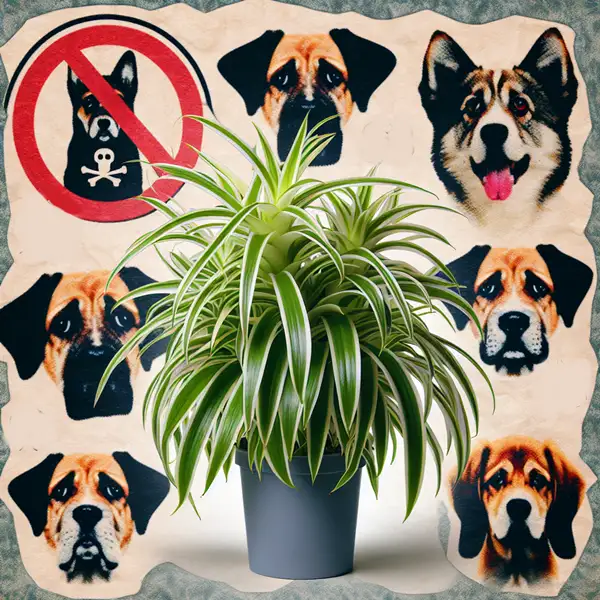
Drastic preventative actions, like excluding all indoor plants, aren’t necessary, considering the majority are non-toxic, with only a few exceptions that are harmful when eaten by dogs. Instead, you can take reasonable precautions, such as –
- Place houseplants out of doggy-reach—either in hanging baskets or on higher shelves that are inaccessible to curious pups.
- Keep in mind that even benign ingestion can result in stomach upsets. So it is best to avoid this by being proactive.
- Maintain a peaceful environment while making sure of your dog’s safety, promoting a healthy & harmonious indoor space for both plants & pets.
Toxicity Comparison of 6 Common Houseplants to Dogs
| Plant | Toxicity Level | Potential Symptoms in Dogs |
|---|---|---|
| Spider Plant | Non-Toxic (Mild Effects) |
|
| Sago Palm | Highly Toxic ⚠️ |
|
| Peace Lily | Moderately Toxic ⚠️ |
|
| Snake Plant | Mildly Toxic ⚠️ |
|
| Aloe Vera | Mild to Moderate Toxicity ⚠️ |
|
| ZZ Plant | Mildly Toxic ⚠️ |
|
The Ultimate Solution
Remember –
“Prevention is always better than cure.”
Regular monitoring of your pet’s behavior, along with maintaining a conducive environment, indeed helps mitigate possible dangerous encounters between curious pets & our much-loved houseplants.

Frequently Asked Questions
What if a dog eats a spider plant?
Your dog may experience mild vomiting or diarrhea if they eat a spider plant & especially in large amounts. Symptoms usually resolve within a day or two.
Are all spider plants pet safe?
Yes! Spider plants are non-toxic to pets but overeating may cause mild stomach upset. Monitor pets that nibble on plants.
What is the most poisonous plant for dogs?
Sago Palm is highly toxic & causing severe liver damage or death if ingested. Keep it out of reach & seek immediate veterinary care if consumed.
Is spider plant's flower toxic to dogs?
No, spider plant flowers are safe but excessive consumption of any part may cause mild stomach issues.
Is spider plant's seed toxic to dogs?
There is no evidence that seeds are toxic but eating large amounts may still upset their stomach. Keep seeds out of reach.
How long does plant poisoning take in dogs?
Symptoms from non-toxic plants appear within hours & typically subside in a day or two.
What do I do if my dog ate a plant?
Remove plant material from their mouth & contact your vet immediately. Induce vomiting only if instructed by a professional.



